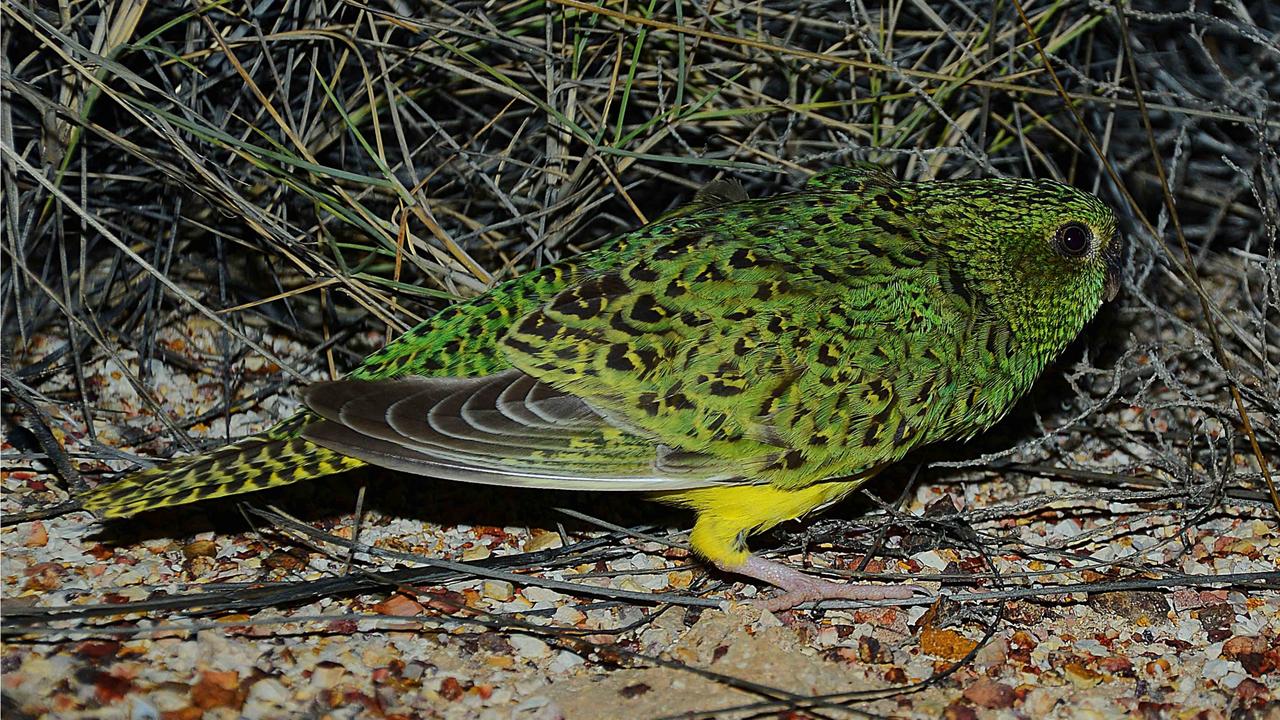High cost of biological threat
FUNDING ‘efficiency’ is weakening Australia’s defences against biological threats, a new report warns.

A PREOCCUPATION with cost is weakening Australia’s defences against biological threats that could decimate the population, ravage the environment and torpedo agricultural industries.
A report to be released today warns that current trends could lead to a future human pandemic, bioterrorist attack, spike in antibiotic resistance and new variants of agricultural diseases.
The report, titled Australia’s biosecurity future, identifies five “megatrends” — including cost “efficiencies”, global trade and the loss of genetic diversity in crops and livestock — which could contribute towards 12 “megashocks” afflicting the country by 2054.
These catastrophes include widespread incursions of new strains of wheat stem rust, foot and mouth disease, salmon anaemia and the varroa mite currently killing honeybees in all continents except Australia.
They also include a nationwide epidemic of a disease transmitted from animals. Co-author Gary Fitt said 60 per cent of emerging infectious human diseases fell within this category.
Recent examples include bird flus, the Middle East Respiratory Syndrome — the latest incarnation of the 2003 SARS virus — and Ebola. “The way Ebola is playing out is unexpected based on its history,” said Dr Fitt, of CSIRO’s biosecurity branch. “The point is that we need to expect the unexpected.”
The report says these disasters “do not emerge without some warning” but can take root almost instantaneously. Biosecurity functions as “insurance against risk”, with good information and decision-making processes enabling authorities to “act pre-emptively, trading off the risks avoided against the costs of measures imposed”.
Dr Fitt said the costs could be astronomical. The World Bank has estimated Ebola will have stripped western Africa’s economy by $US33 billion ($38bn) by the end of next year, while an Australian National University study estimated the short-term global cost of SARS at $US80bn.
In Australia alone, invasive pests and weeds cost $10bn every year, with another $100 million lost to native fruit flies. Dr Fitt said foot and mouth disease could cost Australia $50bn over a decade.
Yet Australia’s biosecurity agencies are “significantly under-resourced”, the report says. The number of scientists employed in the biological control of weeds, for example, has plunged from about 33 in the 1980s to eight today.
It says the funding squeeze could negate the savings from better biosecurity technology, such as remote sensors used to detect fire ants in Queensland.


